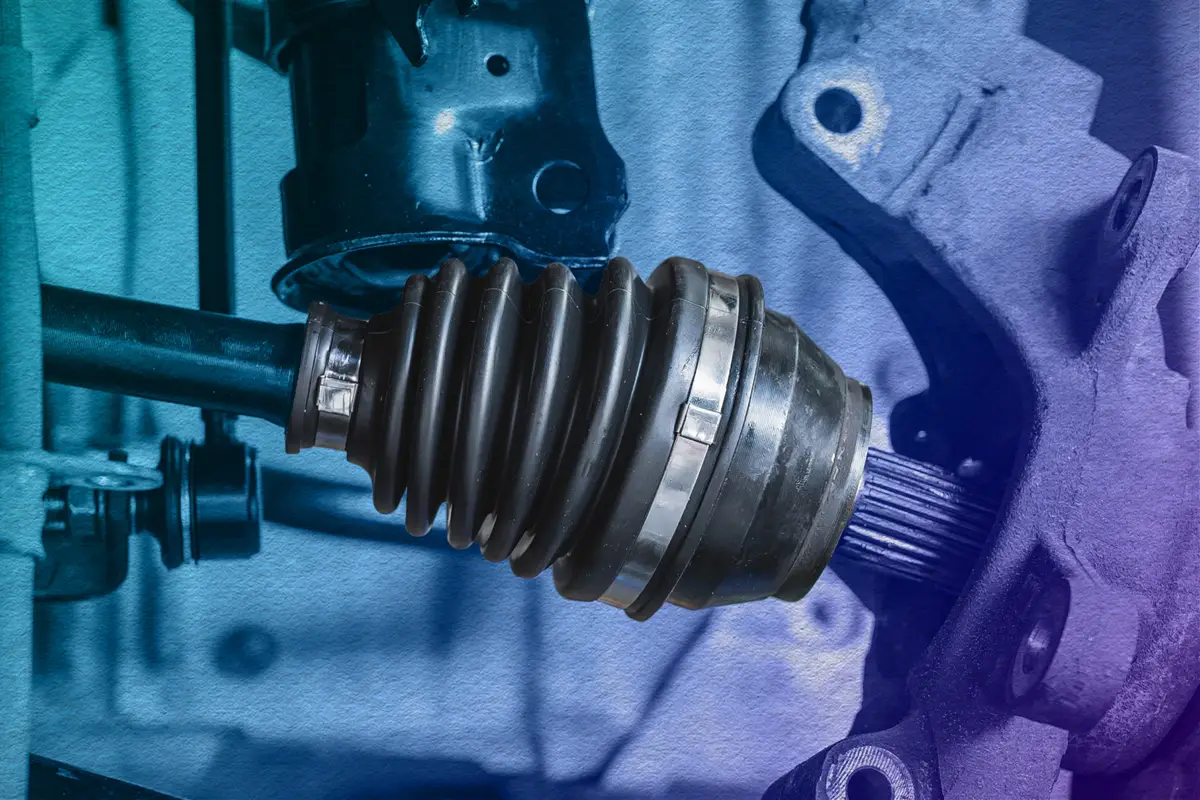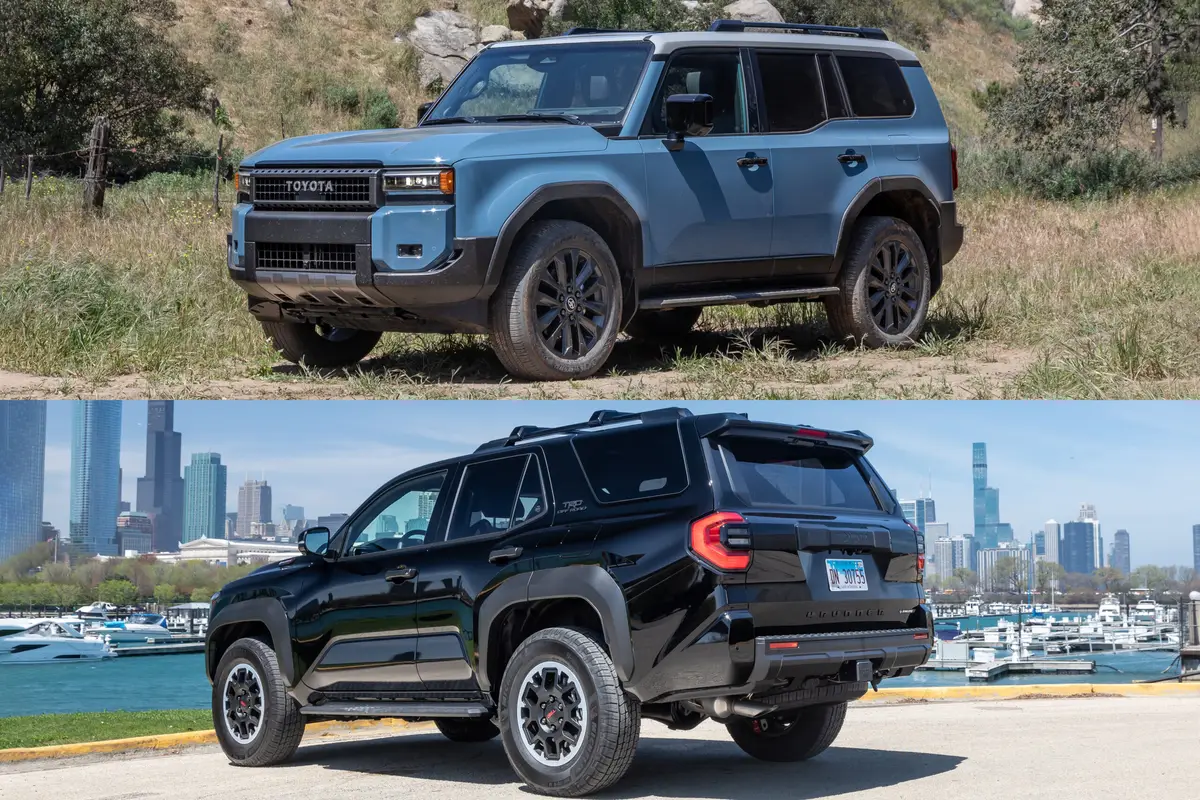When Do You Need to Replace Drive-Axle Boots?

Conventional wisdom typically sets no time or mileage interval to replace drive-axle boots, which are more commonly known as CV-joint boots (“CV” being short for “constant velocity”). Although they sometimes last the life of the vehicle, the rubber boots can split. That would allow grease to escape and water or dirt to contaminate the CV joint they cover, which can cause the CV joint to fail. A failed CV joint will often produce a clicking or popping noise when rounding corners or a vibration when driving at highway speeds, and you’ll often see grease on the outside of the boot or on surfaces surrounding the boot. To prevent CV joint failure, drive-axle boots should be inspected periodically, which is easiest to do when the car is up on a rack for an oil change.
Related: What Is an EGR Valve and What Does It Do?
What Is a CV Joint?
A CV joint allows a drive axle to power a wheel even when the wheel is moving up and down over bumps, or — in the case of the front wheels — side to side when turning corners. Each powered wheel will have one axle shaft, typically with a CV joint at each end of the shaft — one at the wheel, the other at the transmission or differential. Thus, front- and most all-wheel-drive cars will have an axle shaft powering each of the front wheels, and some rear- and AWD vehicles have a similar arrangement driving each rear wheel.
Since the CV joint is constantly flexing, it requires lubrication with grease. That grease would be flung out by centrifugal force when the CV joint is spinning while driving down the road, and the grease could also be contaminated with dirt and water. It’s the job of the boot — which is a round rubber sleeve with accordion-like sides that allow it to flex — to encircle the CV joint to keep grease in and contaminants out.
That flex is what primarily causes the CV-joint boot to fail. Because the front outside CV joints have to do the most flexing (due to the wheels pivoting in a wide arc to go around corners), those boots usually tear first.
While the CV-joint boots aren’t very expensive, a lot of labor is involved in replacing them, as the axle shaft normally has to be removed to do so. It’s primarily the labor that can push that job into the hundreds of dollars, and the amount can vary a lot depending on the vehicle.
Because labor is such a big part of the job, sometimes it’s preferred to just replace the entire axle shaft with new boots and CV joints already in place. This also helps ensure that you won’t risk the original CV joint beneath the bad boot sustaining damage due to lack of grease or being contaminated.
Read More Car Maintenance Tips:
- Why Does My Car Squeal When I Turn the Steering Wheel?
- Do You Need to Change Your Car’s Power-Steering Fluid?
- What Fluids Should I Top Off?
- If Premium Gas Is Recommended for My Car, Will Using Regular Void the Warranty, Ruin the Engine?
A Cheaper Alternative
A far less expensive and thus somewhat appealing alternative is to replace the torn boot with what’s called a split boot. As the name implies, these boots (which typically cost about $30) are split down the side so they can wrap around the CV joint without removing the axle shaft from the car. Although the mechanically inclined might be able to install these at home, be warned that the car will likely have to be jacked up and supported on stands to access the boot, and the old boot and its clamps still have to be cut away and removed, which can be challenging. After that, the new split boot is installed around the CV joint, with the mating edges secured by glue or tiny bolts. While the bolt solution is probably preferable for longevity — and because you don’t have to wait for glue to dry — either of these split boots should be considered a temporary or short-term fix and thus inspected regularly for failure.
Cars.com’s Editorial department is your source for automotive news and reviews. In line with Cars.com’s long-standing ethics policy, editors and reviewers don’t accept gifts or free trips from automakers. The Editorial department is independent of Cars.com’s advertising, sales and sponsored content departments.
Featured stories



